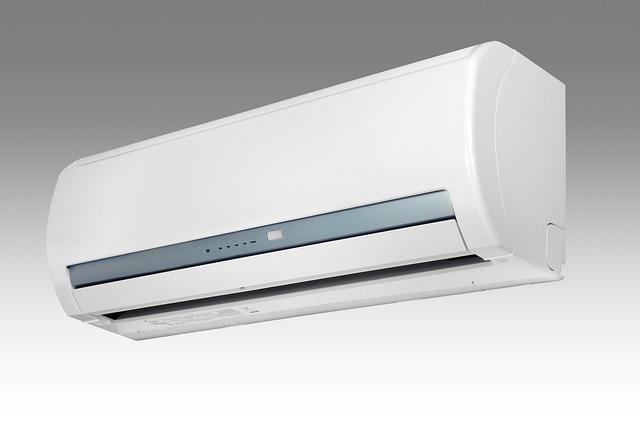While heat pumps are the most energy-efficient cooling option for our environment, many homes have evaporative coolers. These units function best when the outside humidity is low. Here’s how to get the most comfort and efficiency from your evaporative cooler.
What’s An Evaporative Cooler?
An evaporative cooler is a box-shaped appliance with porous surfaces that allow air to pass through. A fan inside the device pushes outside air through the sidewalls and into the house. To produce cold air, each porous side has a pad of water-absorbing substance. Water is held in a pan at the bottom of the cooler, and a small pump lifts it to the top of each side.
Adjusting The Airflow
A home’s climate control using an evaporative cooler depends on air balance. To limit humidity, make sure the same amount of air goes out as is pumped in.
Caring For Your Cooler
Has your cooler been serviced twice a year, before cooling season and midsummer? Regular maintenance will extend the life and efficiency of the equipment.
Before starting the unit, follow these easy maintenance steps:
- Remove old pads and thoroughly clean pad frames. Use a wire brush to remove the scale. Paint all surfaces with a cooler protectant.
- Drain and flush the reservoir. Scrape away the scale and paint with protectant.
- Clean the water distribution system, including the pump screen, pump impeller, and water distribution tubes. Replace any cracked tubing.
- Inspect electrical wiring and switches for bad connections or old insulation. Examine the belt for cracks and wear. Replace or repair worn parts.
- Adjust motor bolts for correct belt tension. Set the belt tension so that moderate hand pressure depresses it 1 inch in the middle.
- Turn on the water supply and soak the entire cooler pad. Too little water will generate dry areas and limit the cooler’s effectiveness.
- Check the water level in the reservoir. Adjust the float valve to maintain three inches of water.
Improving Cooler Efficiency
Evaporative cooler thermostats, available at many hardware stores, automatically turn off the cooler when the air reaches the desired temperature, making operating more efficient.
Evaporative Cooling Vs. Air Conditioning
Evaporative coolers and central air conditioners both keep us cool. But these two systems act differently. Understanding the difference might help you get the most out of your system and save energy.
Evaporative coolers chill air by filtering it via water, thus lowering its temperature. Evaporative coolers produce humid air because the air absorbs water throughout the cooling process.
Things To Keep In Mind
- If you have an evaporative cooler and central air, don’t run them both. Doing so would make the two systems work against each other.
- If you have central air, you don’t need to crack a window or open a door to make it more effective. In reality, this will make the system work harder and cost you more money.
The Pros Of Evaporative Coolers
An evaporative cooler’s operating expenses are approximately half those of a central air conditioner. During the monsoon season (July and August), humidity rises which, when combined with high temperatures, inhibits cooler effectiveness. Few homeowners rely exclusively on evaporative cooling.
Advantages
- Lower original equipment cost than air conditioners
- Lower operational expenses
- Simple installation

